News.
Greenroom Robotics Announces Successful Completion of Sea Trials for Royal Australian Navy's Patrol Boat Autonomy Trial



23 APRIL 2024
Greenroom Robotics proudly announces a major achievement in maritime technology with the successful completion of the Sea Acceptance Trials for the Patrol Boat Autonomy Trial (PBAT). In collaboration with Austal Australia, Trusted Autonomous Systems, and the Royal Australian Navy Warfare Innovation Navy (WIN) Branch, Greenroom Robotics has demonstrated the effectiveness and reliability of its Advanced Maritime Autonomy (GAMA) Software in navigating the decommissioned Armidale-class patrol boat, Sentinel.
Greenroom Robotics Chief Technology Officer Harry Hubbert stated, "PBAT has been a very successful collaborative project between Austal, Greenroom, TASDCRC, and the RAN. The insights from all parties have been instrumental in steering us toward success. Together, we've harnessed collective expertise to deliver this groundbreaking project, setting the stage for a future brimming with maritime capability. This collaborative effort not only has the potential to enhance current operations and platforms but also paves the way for unprecedented advancements on the horizon."
Conducted off the Western Australian coastline, these trials have proven the GAMA Software's ability to control and navigate large vessels autonomously. The sophisticated series of navigation events demonstrated not only the software's reliability and effectiveness but also its potential to revolutionize both civilian and military maritime operations. The presence of an experienced crew from International Maritime Services ensured safety and immediate manual intervention capabilities throughout the trial.
Key Highlights:
- Advanced Technology Integration: Significant enhancements were installed on the Sentinel to support its transformation into an autonomous vessel. Greenroom Robotics guided these modifications, which included major updates to the navigation, communications, and surveillance systems, along with critical sensors and computing units necessary for the autonomous operation.
- Collaborative Effort: The PBAT project represents a successful collaboration funded by the Commonwealth of Australia, setting a benchmark for public-private partnerships in advancing military and civilian maritime technology.
Austal Limited Chief Executive Officer Paddy Gregg remarked, "The completion of the sea trials marks a significant milestone in the Patrol Boat Autonomy Trial, successfully demonstrating the capability of the locally developed autonomous systems and their integration within a full-size, Australian made naval vessel. Looking ahead, we are excited about the potential opportunities to work with Navy to further advance the autonomous technology demonstrated during the trial; on projects such as the Large Optionally Crewed Surface Vessels (LOSV), recently announced by the Australian Government as part of the Surface Combatant Fleet Review."
TAS Chief Executive Officer Glen Schafer expressed, "Trusted Autonomous Systems are extremely impressed and proud of the achievements of the PBAT project. Autonomous and automated features on a vessel of this size in addition to the regulatory considerations are complex. It is a clear demonstration of the significant innovation possible through investment in sovereign industry." Commodore Michael Turner, Navy’s Director General Warfare Innovation Navy said, “PBAT stands out not only for its demonstration of autonomous technology and its practical application to operational vessels, but also for the spirit of collaboration that underpinned its success.”
PBAT Objectives:
- Significantly progress the concept of remote operations and the autonomous certification approach;
- Increase the understanding of fuel management, communication, and navigation systems to be made autonomous;
- Investigate and understand the sustained operation of shipboard mechanical systems without crew intervention, including systems of redundancy and reliability to support operations at sea for extended periods;
- Provide input to long-term risk reduction for future naval projects, considering remote or autonomous vessels. This will be extended to other sensors and autonomous vehicles once the initial trial is complete; and
- Transfer lessons learned on the application of remote or autonomous systems to the Royal Australian Navy’s current fleet to potentially optimize crew workload. Remote and autonomous operation has the potential to reduce crew workload and increase operational safety by reducing human error.

